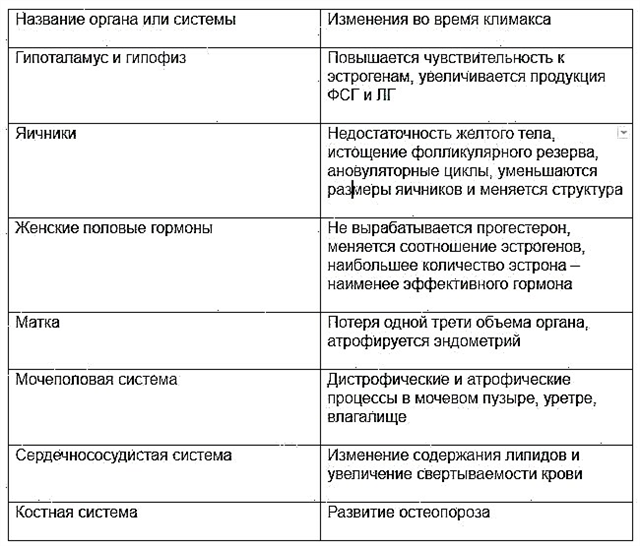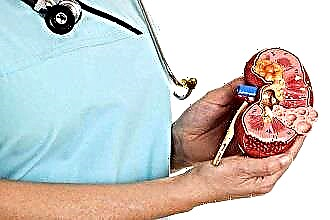Angina (acute tonsillitis) is a disease of the throat of an infectious nature, in which the tonsils or lymphoid tissue of the throat and lymph nodes are affected. Diseases develop as a result of the activation of microbes and their pathological effects on the body. The causative agents can be viruses, bacteria, colibacillus or spindle-shaped bacillus, pale spirochete, fungi, helminths. There are more than five forms of angina, each of which has its own characteristics. Acute tonsillitis proceeds with a pronounced clinical picture, rapidly growing symptoms, bright intoxication, fever, severe sore throat. At a certain stage, cough and snot can join the disease.
How does a runny nose appear
 The mucous membrane of the human nose normally secretes a small amount of mucus. Under the influence of pathogenic microbes that cause sore throat, the discharge thickens, changes color, their number increases significantly. This is how snot is formed, their composition: 95% water, 3% mucin protein, 2% lipids, 1% salt, nucleic acids, free proteins.
The mucous membrane of the human nose normally secretes a small amount of mucus. Under the influence of pathogenic microbes that cause sore throat, the discharge thickens, changes color, their number increases significantly. This is how snot is formed, their composition: 95% water, 3% mucin protein, 2% lipids, 1% salt, nucleic acids, free proteins.
Snot is a protection against bacteria and viruses. A runny nose with angina occurs when a person's immunity is significantly reduced and microbes can easily gain a foothold on the nasopharyngeal mucosa. The causes of the common cold are varied. Rhinitis can develop as a result of exposure to the nasal mucosa of allergens, irritants, pollen, after a nasal injury. The predisposing factor is hypothermia or overheating, teething in infants, problems with the digestive system, a foreign object in the nose.
Under the influence of infection, nasal discharge is constantly renewed, this explains their large number with colds. The snot comes out as a result of the work of numerous cilia covering the epithelium of the mucous membrane, which expel mucus.
The secretions protect the body from microbes not only by their quantity, but also by their ability to thicken.
The longer the sore throat lasts, the thicker the snot.
Symptoms
A runny nose occurs not only with acute tonsillitis. More often this is a sign of a secondary infection that has joined. But only a specialist can understand the symptom of which disease is rhinitis. After correct diagnosis, adequate treatment is prescribed. There are 3 stages of acute rhinitis.
- The first stage begins with the penetration of microbes into the nasal cavity. Under their influence, there is dryness in the nose, a burning sensation. The first phase lasts from several hours to two days. The general condition of the patient is characterized by malaise, low-grade fever, beginning pain in the muscles, joints, head.
- The second stage is characterized by the discharge of liquid mucus from the nose (rhinorrhea). The burning sensation passes, congestion appears, a decrease in smell, lacrimation. The general symptoms of the disease are increasing.

At this stage of rhinitis, conjunctivitis can join, which is called combined conjunctivitis.
- The third stage of the common cold begins 4-6 days from the onset of the disease. The snot thickens, their color changes, they can be not only mucous, but also purulent in nature, an unpleasant odor appears. The offensive odor is due to the functioning of the protective cells of phagocytes and neutrophils, which cause inflammation and swelling, and at the same time fight microbes. The bacteria processed by phagocytes are excreted in the form of pus. The third stage lasts 2-3 days, after which the symptoms subside, the patient's condition gradually improves.
For bacterial sore throat, purulent discharge from the nose is characteristic. With viral sore throat, they either do not exist, or are slimy and abundant.
If in the process of inflammation of the tonsils a secondary infection joins, then the nature of the discharge can change regardless of the primary pathogen.
In young children, angina almost always proceeds with a runny nose and is much more severe than in adults. Very often, after rhinitis, infants may develop otitis media of the middle ear. This is due to the anatomical features of the nasopharynx in children. Their auditory tube is too short and wide. Pathogens very quickly spread through the auditory tube into the middle ear. The disease is difficult with high fever, sleep disturbance, children do not want to eat, there may be seizures. Therefore, timely professional treatment of angina and rhinitis in newborns will save them from the development of serious complications.
If a person has a strong immune system, then rhinitis can go away in 3 days.
Nasal discharge color
Depending on the stage of the disease, snot can be of different colors:
- rhinorrhea (watery translucent mucus) is observed at the initial stage of acute tonsillitis. During this period, it is useful to rinse the nasal sinuses with saline solution, which disinfects and cleanses the mucous membrane and nasal passages from microbes and mucus;
- under the influence of antibiotics, mucus acquires a greenish tint and an unpleasant odor. During this period, you need to liquefy the snot and remove them;
- by the end of treatment, yellow discharge appears as a result of the dying off of microbes and the formation of their waste products (toxins). The mucus thickens, forms a dried crust. At this stage, it is necessary to especially carefully remove the snot, since dried crusts can injure the mucous membrane.
If a runny nose lasts more than a month, it becomes chronic.
Diagnostics and treatment
At the first signs of acute tonsillitis, you need to seek help from an ENT doctor. The specialist finds out the patient's complaints, examines the nasal cavity with a light reflector. At an early stage of rhinitis, the nasal mucosa is hyperemic and edematous. After that, abundant discharge appears.
Traditional therapy
With a bacterial infection, antibiotics of general action are prescribed in tablets or injections and local action in sprays or drops, antihistamines. For nasal congestion, vasoconstrictor nasal medications are used. For viral and bacterial infections, anti-inflammatory drugs are prescribed, symptomatic drugs, agents that strengthen the immune system. With a runny nose, mustard plasters on the soles and calf muscles are effective. It is necessary to observe the drinking regime. You can't eat hard-to-digest food.
symptomatic drugs, agents that strengthen the immune system. With a runny nose, mustard plasters on the soles and calf muscles are effective. It is necessary to observe the drinking regime. You can't eat hard-to-digest food.
When caring for a newborn during a period of illness, you need to constantly monitor that the baby's nose is breathing and that crusts do not form. If the crusts have formed, then they must be removed with cotton filaments, having previously soaked with saline. After that, vasoconstrictor drops or saline solution should be instilled into the nasal passages and the snot should be sucked off with an aspirator.
Traditional methods of treatment:
- soak your feet in a hot mustard bath for 10-15 minutes;
- make warming compresses with salt on the bridge of the nose;
Hot drinks, warming compresses, hot baths should not be used at elevated temperatures and purulent discharge
- drink herbal anti-inflammatory tea with lemon;
- flush the sinuses with saline.
Preventive measures
Since rhinitis occurs against the background of tonsillitis and colds, it is necessary to take measures to prevent infection with the infection:
- avoid hypothermia, keep feet warm;
- temper the body;
- take vitamin therapy courses during the cold season;
- in living quarters, maintain a comfortable mode: the air temperature is not higher than +20 degrees, the humidity is not lower than 50%, to do regular ventilation and wet cleaning;
- observe personal hygiene;
- during epidemics, do not visit crowded places and do not contact infected people.
Often, a runny nose remains after the sore throat has been cured.Most often this is due to the use of antibiotics, which destroy beneficial bacteria, causing a bacterial imbalance (dysbiosis). So that after tonsillitis there is no snot, you need to take probiotics together with antibacterial drugs after consulting a doctor who will find out the causes of rhinitis and prescribe competent treatment.




